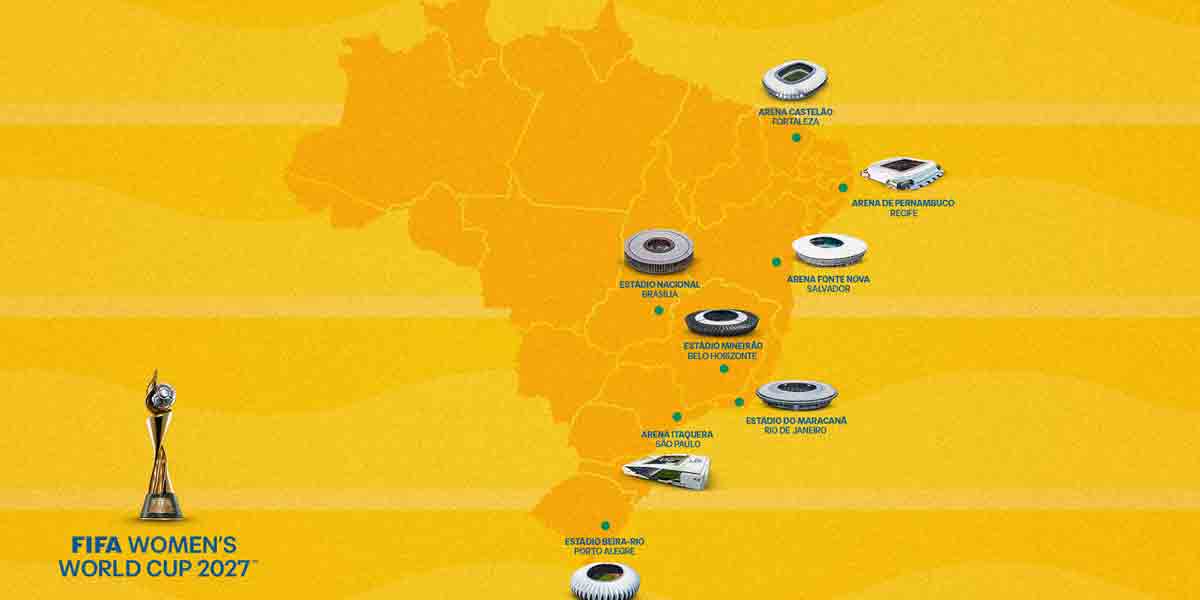 By Alex P. Vidal
By Alex P. Vidal
“Comfort is key for a barbecue.”—Ashley Madekwe
YOU name them, the Chinese male vendor, maintaining a sidewalk barbecue stand at Queen’s Elmhurst community, has them.
From lamb, chicken, chicken wings, chicken gizzard, flammulina, chivas, eggplant, squid, quail, beef, pork, fish tofu, lobster ball, roasted corn, sheep waist, frog legs, shrimp, cow backstraps, gluten, lamb tendon, pork tendon, sausage.
It’s a veritable smorgasbord of ready to cook animal intestines, meat, and seafood.
Price per stick varies. Quail is the most “expensive” at $4.50 followed by sheep waist at $4.
Frog legs is next at $3.50. Others are priced from the “cheapest” $1.75 to $2.25, $2.50 and $2.75.
All the while, we thought a barbecue stand can be available only in the Philippine slums and downtown sidewalks.
But we have it here in New York.
-o0o-
“This place is one of a kind,” beamed Hai, half Filipino and half Vietnamese, who is a regular habitué and customer. “There is no other place in the United States where Filipinos or other races, for that matter, can gather and spend precious time together while enjoying the barbecue.”
“Parang nasa Pilipinas lang tayo (It’s like we are in the Philippines),” quipped Jimmy, a former seaman, who has lived in the community for 30 years.
The barbecue stand is located on corner Elmhurst and Broadway Avenues adjacent to the U.S. Market, a budget meat, fish and household grocery in the back and Walgreens, a chain outlet that specializes in filling prescriptions, health and wellness products, health information, and photo services, in the front.
It’s a stone’s throw away from the Moore Homestead Playground and a five-minute walk to the Elmhurst Hospital Center.
-o0o-
The barbecue stand virtually “competes” with popular oriental restaurants nearby, including Malaysian, Columbian, Tibetian, Chinese and Vietnamese restaurants, but offers affordable and easy to pick and eat barbecue pieces held together by a skewer or wood stick.
“Mura na ito (it’s actually affordable),” sighed Jun “Tawa” Galinea, a community resident.
Barbecue is slow-cooked and smoked over indirect heat often in a pit, with the flavor of wood smoke an essential component.
Though barbecue is best known today as the comfort food of the South, the term apparently comes from the native Haitian Arawakan word barbakoa, meaning a framework of sticks—on which meat was traditionally placed to be cooked—adapted by the Spanish as “barbacoa.”
Perhaps because of the abundance of large social and religious gatherings there, this smoky technique reportedly became particularly popular in the South.
(The author, who is now based in New York City, used to be the editor of two dailies in Iloilo—Ed)
















